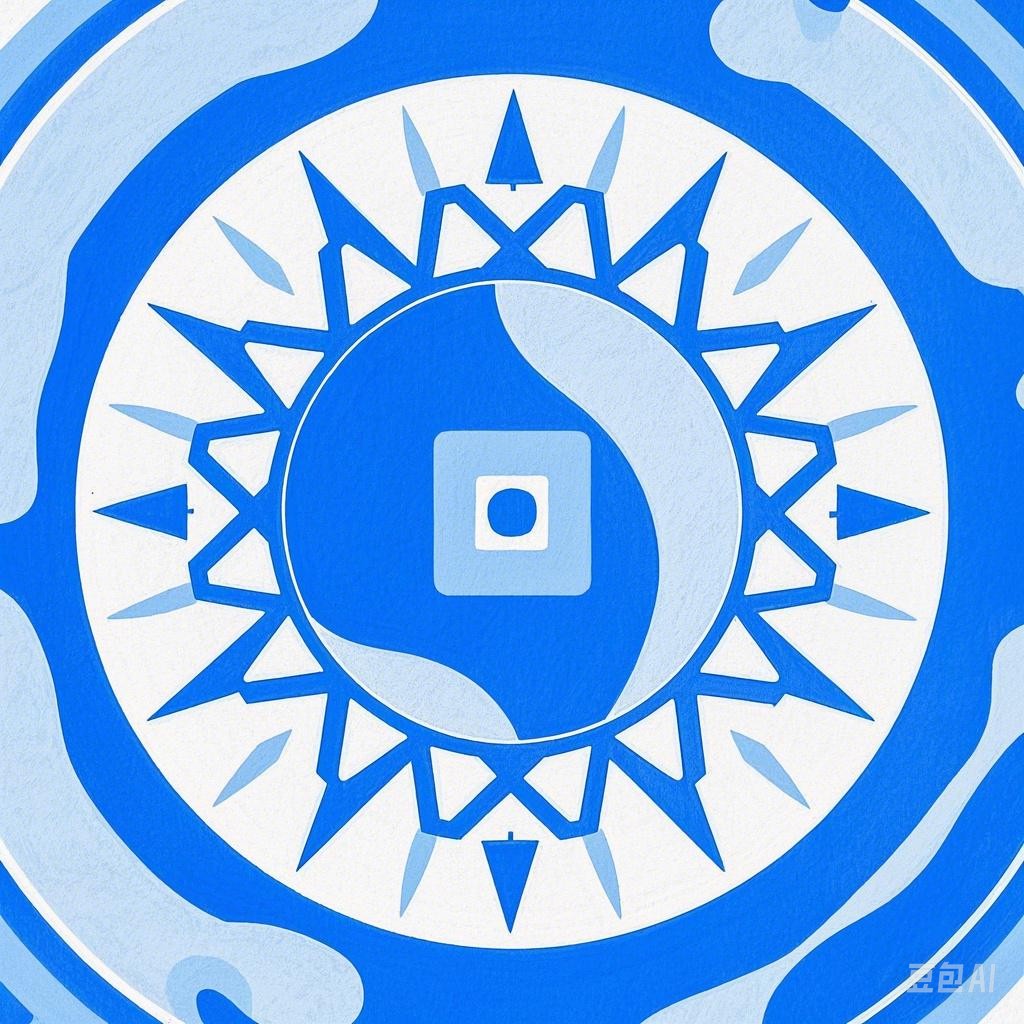Traditional Chinese festivals are an integral part of the nation’s cultural heritage, reflecting its rich history, customs, and values. These festivals, often steeped in mythology and folklore, are celebrated with great enthusiasm and are a blend of historical significance, religious beliefs, and social practices. This article aims to explore the diverse array of traditional Chinese festivals, their origins, customs, and the cultural significance they hold.
The Spring Festival: The Chinese New Year
The Spring Festival, also known as Chinese New Year, is the most important and widely celebrated festival in China. It marks the beginning of the lunar new year and typically falls between January 21 and February 20. The festival is characterized by a series of customs and traditions, including family reunions, the giving of red envelopes (hóngbāo), and the display of paper cuttings and couplets.
Origins
The Spring Festival has its roots in ancient agricultural practices and is believed to have originated from the Chinese practice of worshiping gods of the harvest. Over time, it has been intertwined with various mythological stories, the most famous being the tale of Nian, a beast that was feared to come out and cause mischief during the winter months.
Customs
- Family Reunions: The most significant aspect of the Spring Festival is the gathering of family members, especially those living away from home. This is a time for reconciliation and the celebration of familial bonds.
- Red Envelopes: Red envelopes filled with money are given to children and younger relatives as a symbol of good fortune and blessings for the new year.
- Fireworks and Firecrackers: These are set off to ward off evil spirits and to welcome the new year with joy and excitement.
- Dumplings: Eating dumplings on New Year’s Eve is a traditional custom, as the shape of the dumplings resembles ancient Chinese money, symbolizing wealth and prosperity.
The Dragon Boat Festival
The Dragon Boat Festival, celebrated on the fifth day of the fifth lunar month, is a traditional holiday that commemorates the life of Qu Yuan, a famous poet and statesman from the Warring States period. The festival is characterized by dragon boat races, eating zongzi (sticky rice dumplings), and hanging mugwort and calamus.
Origins
Qu Yuan drowned himself in the Miluo River in protest against the corrupt government of his time. According to legend, local people raced out in boats to save him, and they threw rice dumplings into the river to prevent fish from eating his body. The Dragon Boat Festival has been celebrated ever since to honor his memory.
Customs
- Dragon Boat Races: These races are a highlight of the festival and are believed to be a way to honor Qu Yuan’s spirit.
- Eating Zongzi: Zongzi are sticky rice dumplings filled with a variety of ingredients, such as red bean paste or meat. They are often wrapped in bamboo leaves and symbolize the rice dumplings thrown into the river to save Qu Yuan.
- Hanging Mugwort and Calamus: These are believed to ward off evil spirits and protect against disease.
The Mid-Autumn Festival
The Mid-Autumn Festival, celebrated on the 15th day of the eighth lunar month, is a festival that celebrates the harvest and the moon. It is a time for family reunions and the sharing of mooncakes, a traditional pastry filled with sweet or savory fillings.
Origins
The Mid-Autumn Festival has its origins in the ancient Chinese practice of worshiping the moon. It is also believed to be a time to honor the moon goddess, Chang’e.
Customs
- Mooncakes: Mooncakes are traditionally eaten during the festival and come in a variety of flavors, including lotus seed, red bean, and egg yolk.
- Moon Viewing: Families gather to admire the full moon and enjoy each other’s company.
- Lanterns: Children often carry lanterns during the festival, which are believed to guide Chang’e back to the moon.
The Lantern Festival
The Lantern Festival, held on the 15th day of the first lunar month, marks the end of the New Year celebrations. It is characterized by the lighting of lanterns and various traditional performances, such as dragon dances and lion dances.
Origins
The Lantern Festival has its roots in the ancient Chinese practice of burning lanterns to honor the gods and ancestors. It is also believed to be a way to guide spirits back to the afterlife.
Customs
- Lantern Display: Lanterns of various shapes and sizes are displayed in public spaces and homes.
- Dragon and Lion Dances: These traditional performances are believed to bring good luck and fortune.
- Fireworks and Firecrackers: Similar to the Spring Festival, fireworks and firecrackers are set off to ward off evil spirits and to celebrate the new year.
Conclusion
Traditional Chinese festivals are a vibrant tapestry of cultural heritage that reflects the nation’s rich history and traditions. Each festival has its own unique customs and significance, and they are celebrated with great enthusiasm and reverence. By understanding and appreciating these festivals, we can gain a deeper insight into the heart and soul of Chinese culture.
